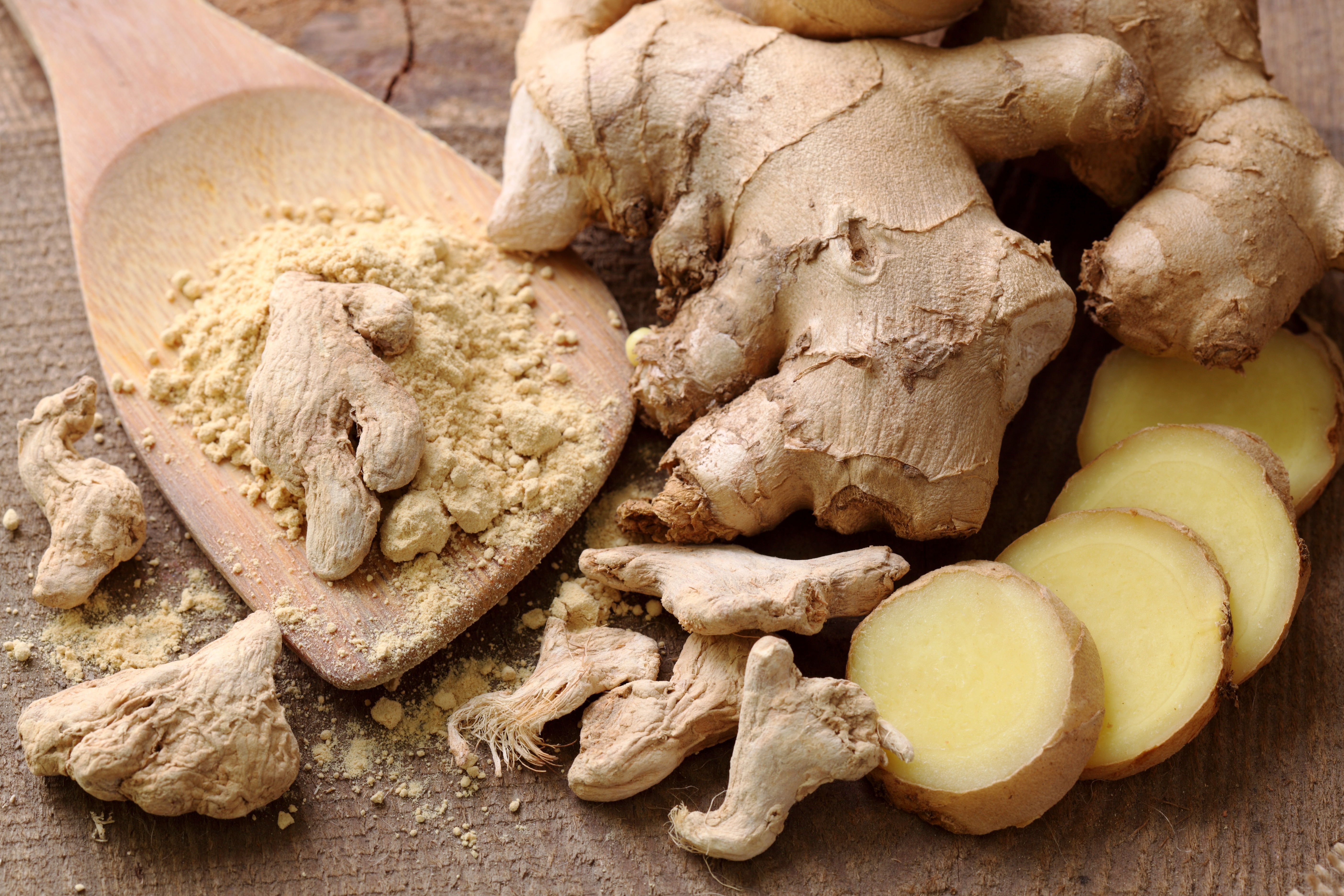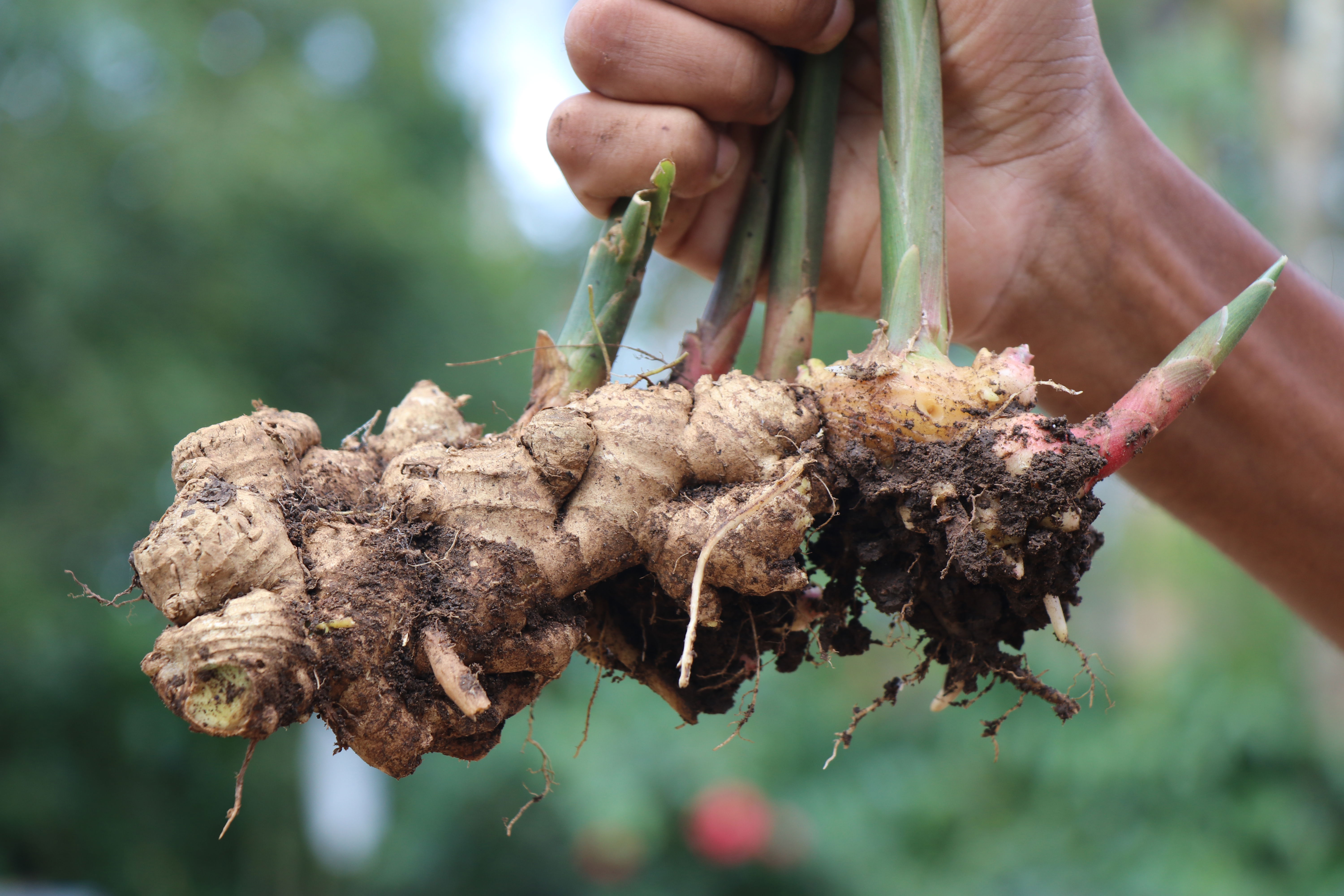Expanding Thailand's Fresh Ginger Exports
Among these new targets were the diverse food cultures of South Africa and Seychelles.

Standing in the early morning light of Thailand’s bustling Chiang Mai market, the tangy and earthy aroma of fresh ginger weaved its way through the air. Dang, a third-generation ginger farmer, proudly displayed her harvest. "This ginger is our pride," she said with a beam, holding up a plump, golden root. Her family had cultivated ginger for decades, but now the dream was expanding—not just to serve local chefs and produce buyers, but to enter new international markets. Among these new targets were the diverse food cultures of South Africa and Seychelles. The question was, could Thailand's ginger establish a stronghold in such distinct markets, worlds apart from each other?
This gripping journey from Thailand’s fertile fields to the kitchen counters and pantries of South Africa and Seychelles is a testament to the resilience, innovation, and ambition of Thailand’s agricultural sector. Behind every shipment of fresh ginger are countless hours of planning, quality control, and market research, all geared toward satisfying customers in some of the fastest-growing and increasingly health-conscious markets in the world. This article takes a deep dive into the path Thailand's ginger exports are taking to conquer South African and Seychellois markets, exploring the potential, challenges, and key strategies fostering international expansion.

The Economic and Culinary Allure of South Africa and Seychelles
South Africa, with its cosmopolitan cities and diverse food culture, is recognized as one of Africa's largest economies and a promising market for fresh produce globally. Its population of over 60 million people includes both urban consumers with refined tastes for global ingredients and rural communities that appreciate fresh, nutritionally rich produce. Ginger, celebrated for its medicinal and culinary applications, holds a unique position in South African cuisine, finding its way into everything from warming soups to beloved ginger beer recipes.
In contrast, Seychelles, an archipelago of 115 islands in the Indian Ocean, represents a smaller yet lucrative niche market. Tourism dominates its economy, with high-end resorts and hospitality establishments aiming to offer premium culinary experiences. Seychelles also leans heavily on health-conscious, fresh, and native ingredients, making ginger a perfect addition to its kitchens. Though the population is only around 100,000, its high per capita GDP and growing emphasis on wellness create substantial opportunities for Thailand to establish a foothold.
Thailand’s Ginger: A Global Commodity
The secret to Thailand's potential success lies in the superior quality of its ginger. Thailand is one of the world’s top producers of the spice, known for its rich flavor, vibrant aroma, and high nutritional value. The loamy soils and subtropical climate of regions like Chiang Mai, Phayao, and Nan have proven ideal for growing high-demand ginger varieties.
Thai ginger, or galangal, is exported in both fresh and processed forms, meeting the needs of diverse culinary practices. What distinguishes Thai ginger is its texture and rich oil content, which rarely fail to impress consumers across geographical boundaries. Not only is it a staple in Asian cooking, but it is also becoming an indispensable ingredient in cuisines and health products globally. Ginger tea, ginger-based beauty creams, and remedies aimed at reducing inflammation are increasingly popular, boosted by the global health-conscious trend.
By leveraging these competitive advantages, Thailand seems poised to succeed in South Africa and Seychelles, but entering any new market comes with its set of challenges.
Challenges in Expanding to South African and Seychellois Markets
Crossing geographical borders to enter international markets is seldom without hurdles. First and foremost is the competition. South Africa already grows its own ginger and imports from other powerhouses like India and China. Seychelles, while less competitive in its local ginger production, still receives shipments from larger regional players and global distributors. Thailand’s ginger needs to differentiate itself through quality, pricing, and consistent availability to stand out in these markets.
Logistical challenges also loiter on the path. Fresh ginger, being a perishable commodity, demands top-notch packaging, cold storage facilities, and efficient transport to ensure that it reaches consumers in pristine condition. Shipping from Thailand to South Africa or Seychelles involves tight timelines, adherence to import regulations, and, increasingly, an emphasis on environmentally friendly practices.
Moreover, market entry barriers such as tariffs, trade regulations, and certifications can dampen efforts. South Africa, being part of the Southern African Development Community (SADC), levies specific duties on agricultural imports. Seychelles, on the other hand, relies on stringent inspections for fresh produce entering its island nation to maintain its biodiversity.

Strategies for Growing Thailand’s Fresh Ginger Exports
Despite these challenges, the Thai agricultural sector has carved out several strategies to make headway into these promising markets. Here are some pivotal steps being undertaken:
- Market Research and Segmentation: Understanding consumer preferences plays a critical role. In South Africa, for instance, ginger beer producers may require robust, aromatic ginger, while culinary establishments in Seychelles might demand a smaller, fresher batch for immediate use. Detailed segmentation helps allocate resources efficiently and target the right buyers.
- Brand Building: Thailand has been actively developing a “Quality Thailand” brand to differentiate its ginger as a premium, responsibly sourced commodity. By embracing specific packaging designs, adding information about the farmers, and emphasizing organic production methods, Thailand can resonate better with health-conscious consumers.
- Partnerships and Collaborations: Teaming up with local distributors, retailers, and hospitality businesses can help build trust and facilitate smooth market entry. Local partnerships allow Thai ginger exporters to tap into already established supply chains, minimizing logistical barriers and establishing connections with customers much faster.
- Logistics Optimization: Investments in cold storage and efficient maritime transport systems ensure that ginger retains its freshness during transit. Innovations such as vacuum packing and biodegradable crates also cater to the sustainability expectations of modern markets.
- Government and Trade Support: The Thai government, through initiatives by the Ministry of Commerce and agricultural agencies, is actively negotiating trade agreements, providing subsidies for exporting farmers, and facilitating certifications like Global GAP to meet international food safety standards.
Emerging Synergies with South Africa and Seychelles
The story of Dang and other Thai ginger farmers isn’t just about markets and logistics; it’s about cultural connections. In South Africa, ginger resonates with the traditional African emphasis on medicinal plants to sustain health and life. Kombucha, a fermented health beverage featuring ginger prominently, is on the rise in South Africa’s urban hubs. Similarly, in Seychelles, where dishes like fish curry are staples, ginger aligns beautifully with the cuisine’s reliance on aromatic ingredients.
This cultural synergy is an often-overlooked element of success in global expansion. Thai exporters are learning to capitalize on these shared values, building a narrative not just of commerce but also of shared heritage, culinary exploration, and health-conscious lifestyles. Organized cooking workshops, recipe exchanges, and collaboration with chefs in these markets are paving the way to deeper integration.
The Role of Innovation in Scaling Up
As the demand for organic and sustainably grown products grows across both markets, Thailand must innovate to maintain its competitive edge. Many farmers and exporters are utilizing technology like remote sensors and GPS-based tools to improve crop yields. Innovations in food preservation, such as advanced dehydration techniques, also allow the export of semi-processed ginger that retains flavor and quality.
Moreover, digital platforms help connect producers from Thailand’s villages directly with buyers abroad. E-commerce portals and trade expos are shortening the traditional trade cycle, facilitating quicker decision-making and payment processes.
Looking Forward: Thailand’s Ginger as a Global Ambassador
As the sun sets on another fruitful day at the Chiang Mai market, Dang and her fellow farmers might not fully grasp the global significance of their crop, but every box of ginger headed for South Africa and Seychelles is writing a new chapter in Thailand’s international trade. These farmers are not solitary players in this narrative; they are part of an evolving ecosystem of exporters, traders, policymakers, and entrepreneurs turning Thailand into an agricultural powerhouse.
South African and Seychellois markets, though different in their scales and complexities, offer immense opportunities for Thai ginger to cement its place on kitchen shelves and health corners. With the growing popularity of wellness trends, coupled with Thailand's competitive edge in quality and flavor, the potential for market penetration is ripe for the taking.
The journey of expanding ginger exports is not just about economic profits; it's about cultural exchange, fostering connections, and promoting a product that speaks to sustainability, tradition, and innovation. Thailand’s fresh ginger is poised for a bright future, proving that a humble root can indeed bridge continents and cultures, one fresh shipment at a time.
